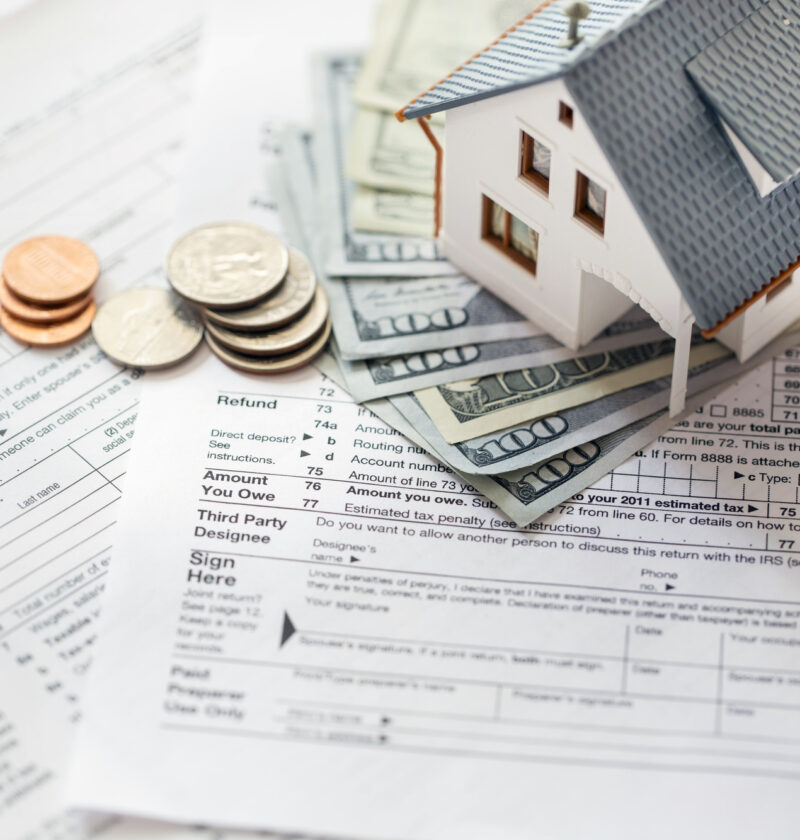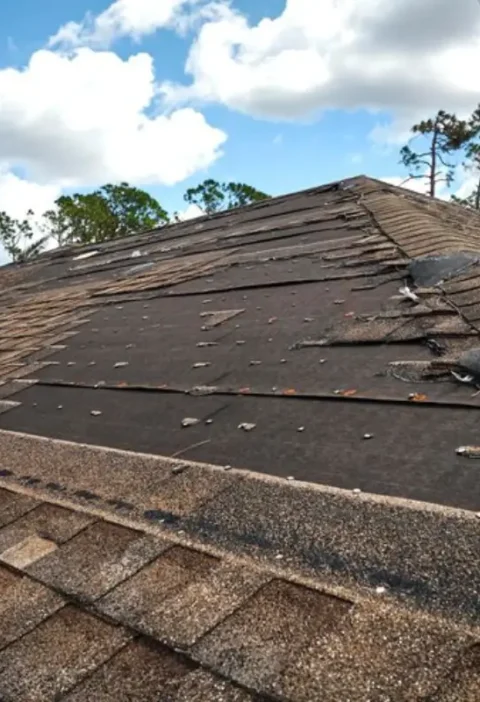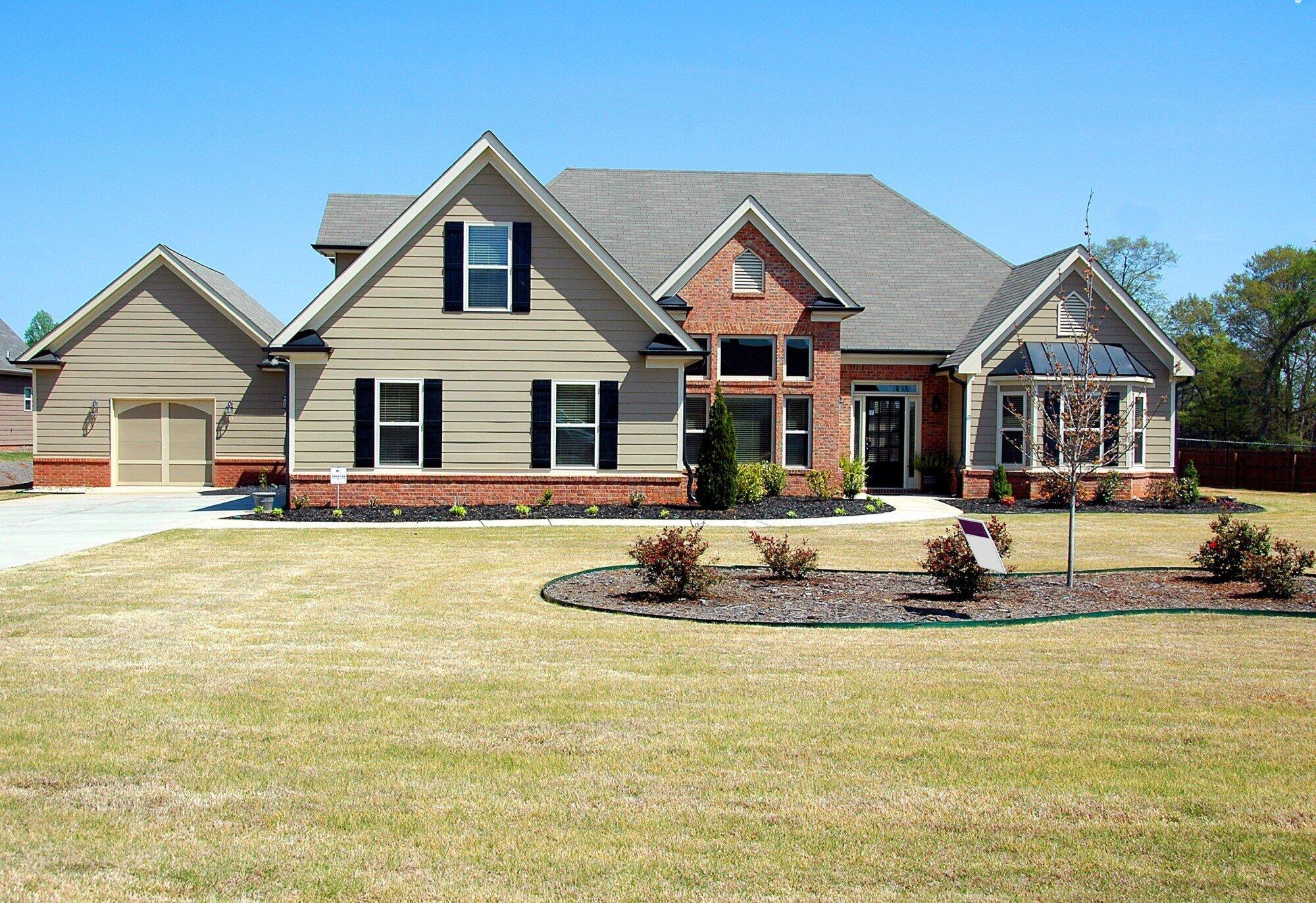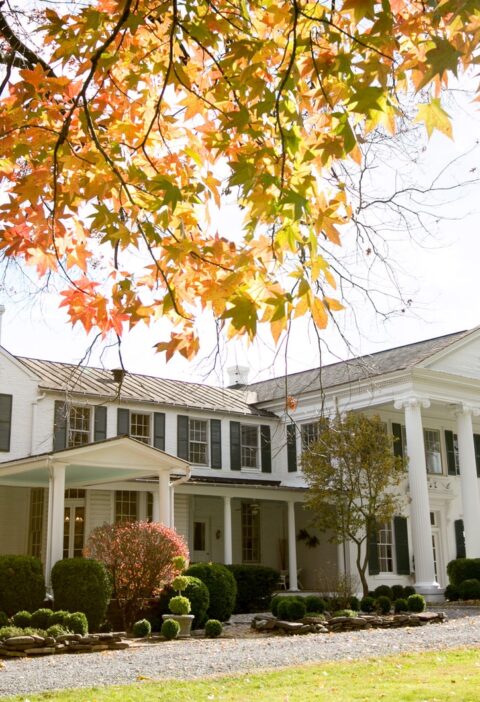In these times, insuring a home isn’t a luxury but a necessity.
You’ll be hard-pressed to find any mortgage company that won’t ask for proof of homeowners insurance before lending you money. Also, it’s simply smart judgment to have this kind of protection against theft or damage.
Any financial plan wouldn’t be complete without setting aside a yearly budget for homeowners insurance. But you may be wondering: how much does homeowners insurance cost nowadays?
That all depends, low priced mobile homes for sale that are worth the money wont’ cost you much, a big house in the hills will be a substantially larger expense with everything else in somewhere in-between.
No one wants to spend more on coverage than they have to. However, your annual costs may be higher or lower than the national average, depending on several factors. Your location matters a lot, as well as the state of your home.
To give you an idea of how much you need to save up to protect your home, let’s look at the current pricing of home insurance and what affects the cost.
How Much Does Homeowners Insurance Cost on Average?
The average homeowner’s insurance cost in the United States is $1,249 for the most common package written (HO-3). This is according to data collected by the National Association of Insurance Commissioners.
What does homeowners insurance cover? Let’s look at HO-3, which accounts for about 80 percent of all homeowners’ owner-occupied written exposures. It provides “all-risks” coverage on buildings and broad named-peril coverage on personal property.
An all-risk policy covers any risk that the contract doesn’t categorically exclude. For example, you’re covered in the event of hurricane damage unless the contract explicitly says you’re not. If your home becomes unlivable because of said hurricane, the additional living expenses are also covered (read on here to learn more).
Factors Affecting Homeowners Insurance Costs
Home insurance premiums widely vary because there are so many factors at play for calculating risks. The insurer has to consider how likely you’ll file a claim and how much coverage you need. Three main factors determine your policy rates, cited below.
1. Location
Perhaps the most significant factor in deciding premium rates is the geographic location. Take a look at the states with the most expensive homeowners insurance: Oklahoma, Nebraska, and Kansas.
Do you know what’s common about the states mentioned? These are all states located in the so-called “Tornado Alley,” where tornadoes occur often. Premiums are also high in coastal states like Florida because they’re susceptible to punishing storms.
Other area considerations include crime rate and vulnerability to fires. Real estate values and construction costs can also impact your premiums.
2. Claim and Credit History
The insurance company will always check your insurance claim history before making an offer. If they see that you’ve filed claims in the past few years, you’ll have higher rates.
Most states allow the insurer to look at your credit history. In most cases, a low credit score means higher insurance costs.
3. The State of Your Home
It costs more to insure an older home because the insurance company assumes that newer homes’ safety features are lacking. Older wiring and plumbing are more prone to breaking down, and repairs are more costly.
The materials used to build your home will also affect your policy rate. For example, if your house is made of expensive but fragile materials, it’s going to be costlier to insure.
Research Your Homeowners Insurance Options
How much does homeowners insurance cost? The answer depends on many factors, such as location and your home’s susceptibility to damage. Researching what may impact the insurance costs will help you find the best policy that fits your needs.
Did you enjoy this post? Please feel free to check out the other articles about business and finance on this site.







